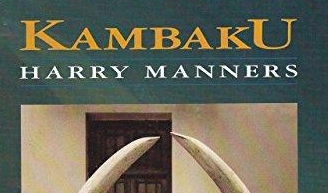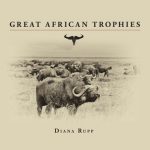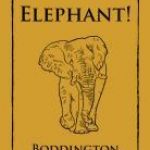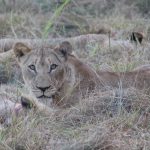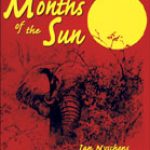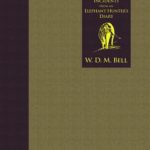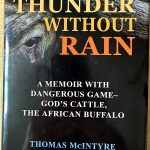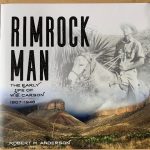A pair of the greatest elephant-hunting books ever published are now back in print.
Safari Press recently reprinted two of the great elephant-hunting classics of the post-World War II era. These extraordinary books, Kambaku by Harry Manners and Bell of Africa by W.D.M. Bell, are autobiographical tales of two of the most adventurous hunters who ever walked the elephant trails of the Dark Continent.
Kambaku is the life story of Harry Manners, one of the greatest elephant hunters of all time. Harry was born in South Africa, and his family moved to Portugese East Africa, now Mozambique, when he was six. Harry shot his first elephant when still a teenager, using a 10.75mm Mauser. The bull had tusks of more than 80 pounds per side, and Harry was hooked.
He began his market-hunting career in 1937 and continued until 1958, when commercial ivory hunting was closed in Mozambique. With his beloved .375 H&H he hunted buffalo for meat and elephants for ivory during this period. Thereafter, he was the first professional hunter to be employed by Safarilandia, the company owned by the famous hunter Werner von Alvensleben. Kambaku, which means “Old Bull Elephant”) is mostly about Harry’s years in the commercial ivory trade, when he lived and hunted in an area he referred to as Shangri-La. The book includes many excellent black-and-white photographs from those days. Among his many magnificent trophies was an incredible pair of tusks that weighed 185 and 183 pounds, the fourth-largest African elephant tusks ever recorded.
Few men have lived a life of adventure as daring and courageous as Walter Maitland Dalrymple Bell. Born in 1880 near Edinburgh, Scotland, he made it to Africa for the first time before he was even seventeen years old. After some false starts and a detour to the Yukon, Where he mined gold and shot game for the mining camps in the Klondike, he was able to return to Africa by enlisting in the Canadian Army and getting sent to fight the Boer War.
After the war ended in 1902, Bell made his first ivory-hunting expedition. He developed a taste for the trade, and subsequently spent sixteen years making what are generally considered the greatest ivory-hunting expeditions ever conducted by a single hunter. He hunted in Kenya, Uganda, Abyssinia, Sudan, the Lado Enclave, Ivory Coast, Liberia, and the Belgian Congo. He became known throughout the continent by his nickname, “Karamojo” Bell.
Bell was an outstanding writer with a flair for describing his adventures and the extraordinary people he met along the way. He began writing Bell of Africa, his third and last book, in the late 1940s, but he died before it was completed. Colonel Townsend Whelan took over the editing and finished the book, which contains some revised sections of Bell’s earlier books but is, for the most part, made up of all new material.
This book contains Bell’s own original drawings that depict scenes from his youth as well as his much-praised sketches of where to place brain, heart, and lung shots on elephants. Bell was a superb marksman who emphasized the importance of precise shot placement, which made possible his use of smaller-caliber rifles for elephant hunting. The drawings he made, based on his many years of experience and extensive study of elephant anatomy, were for a long time the only anatomical studies of the position of an elephant’s brain that were available to hunters.
Both books are now available from Safari Press: safaripress.com; 714/894-9080.

